
Laura Lott is the President and CEO of the American Alliance of Museums.
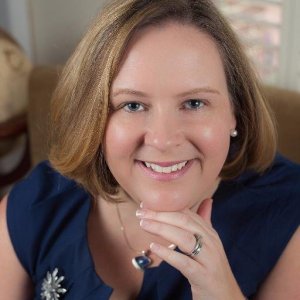
As I have spoken and blogged about for the past year, I learned A LOT in just a few days at the 2016 Forum on Workplace Inclusion in Minneapolis last March. (By the way, it’s coming up again – and you should go. No, I am not a paid promoter. It’s just that good! AAM will be there again this year.)
I was searching for how best to bring what I learned back to the board and staff at the American Alliance of Museums – and to continue learning and discussing critical issues of diversity, equity, accessibility and inclusion in all that we do. The best advice I received from a sage diversity and inclusion professional was to begin sharing with my colleagues, what she termed, “a slow steady drip” of articles, TEDTalks, papers, local seminars and other thought-provoking – and ultimately conversation-provoking – content and experiences.
Systemic change is slow work. And patience is not my strong suit. But I think it IS working. I can see progress in how deeply my colleagues and I understand and appreciate the complexities of being inclusive. There is less fear and more perseverance, and even excitement about engaging in these critical conversations. And issues of equity and inclusion are more central and automatic in our debates, plans, and processes – from our hiring practices to making our web content more accessible.
Skip over related stories to continue reading articleLate last year, a group of AAM staff members even initiated an internal Inclusion Team; I’m encouraging them to share their work here too. And, of course, we recently announced a new Director of Inclusion staff position, reporting to me and as part of our Management Team, to advise and coordinate our efforts across the organization.
The AAM board too has set aside time on its quarterly meeting agendas to build a shared language and understanding of diversity, equity, accessibility and inclusion – and what it means for the Alliance to focus on these issues. It is critically important for boards to have serious discussions about the imperative for organizations to be both more diverse and more inclusive. This intersection of AAM’s inclusion work with its trustee outreach is a critical component of our strategic plan. So, I’ll cover our board’s work here in detail, with hopes that this might inspire or even be a model for museum boards to tailor and implement themselves.
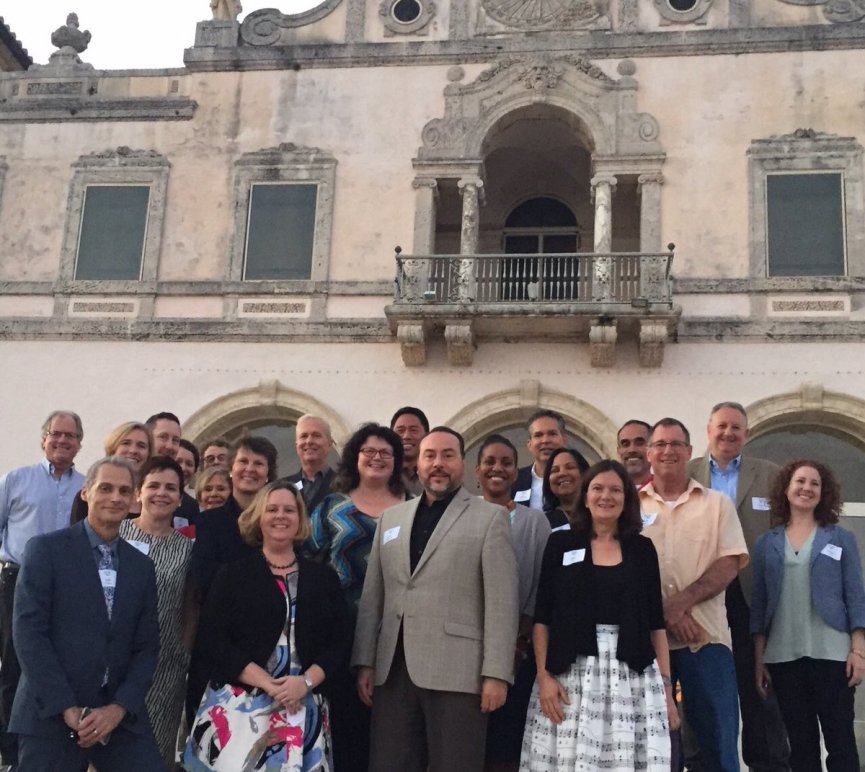
At its November retreat in Miami, the AAM board participated in a half-day facilitated workshop with three stated goals:
- Provide an opportunity for participants to become familiar with current approaches to addressing diversity, equity, and inclusion;
- Increase the understanding of topics such as (a) structural racism, (b) implicit bias (c) micro-aggression, and (d) intersectionality;
- Begin to explore how to apply these concepts to the work of the Alliance, and, implications for individual museums.
AAM’s board of 24 members is, by many measures – including racially and
ethnically – diverse. For example, in our first-ever diversity census, 40% of the board respondents identified as people of color. Alliance board members bring a range of experiences and perspectives from both within and outside of the museum field – and various levels of knowledge and sophistication regarding concepts of diversity and inclusion.
To provide some common foundation, the board was provided with advanced reading, including:
- Definitions and descriptions of different levels of racism, developed by our facilitator
- “Social Change or Status Quo: Approaches to Diversity Training” by Patti DeRosa, ChangeWorks Consulting, 2001
- “White Fragility: Why It’s So Hard to Talk to White People About Racism” by Dr. Robin DiAngelo, April 9, 2015 (Published on The Good Men Project)
Our workshop started off with ice-breaker questions such as “What is your first memory of realizing racial/ethnic diversity?” The openness and depth of conversation with just this simple question was amazing.
The questions dug deeper into our family histories and personal experiences. The enthusiasm and engagement led this portion of our agenda to go very long – and cut short discussion about next steps. While I was initially disappointed (reference my confessed impatience), I think the bonding and appreciation participants gained from this time for personal reflection and sharing was well worth the time – and will pay off in the long run.
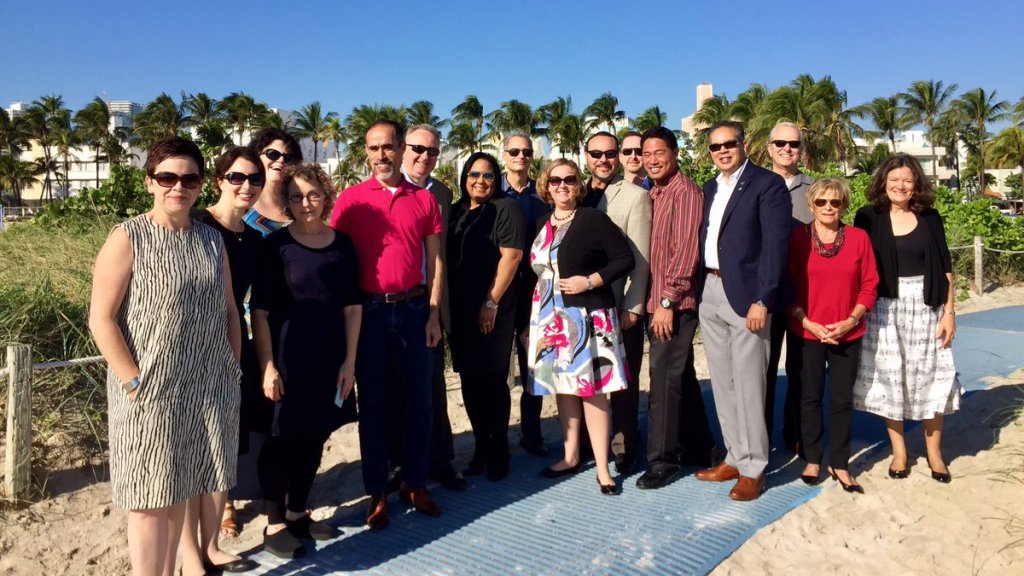
As museum folks, we know understanding historical context is the key to understanding current events. So, our facilitator talked about current policies, structures, and situations in the context of our nation’s history of brutal treatment of non-white people. This included the 1830 Indian Removal Act, Jim Crow laws, the Federal Housing Administration’s explicit tying of mortgage eligibility to race, and the exclusion of predominatly African American, Mexican, and Asian agricultural and domestic workers from the Social Security Act of 1935.
We watched videos illustrating micro-aggressions, shared our own experiences, and discussed strategies to intervene as a third-party witness to micro-aggression.
One part of the workshop that has really stuck with me was our discussion of how the media has covered (and society has responded) to different events. For example, the racial divide seems clearly evident when contrasting coverage of today’s opioid “public health epidemic” affecting largely white and affluent users with the criminalization of the crack cocaine epidemic of the 90s, which affected mostly black and economically disadvantaged people.
Similarly, we were shown two photos of people wading through flood waters following Hurricane Katrina with food provisions. One caption read something like “Two residents wade through chest-deep water after finding bread and soda from a local grocery store…” The other? “A young man walks through chest-deep flood waters after looting a grocery store…”
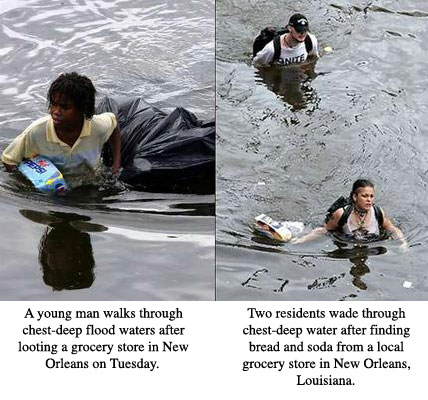
The workshop continued to heighten my awareness of these biases in our society – and to develop tools to recognize, name and combat them. I believe it did the same for AAM’s board members.
The AAM board will continue its work at our next meeting – and of course when the field convenes at the 2017 AAM Annual Meeting and MuseumExpo, May 7-10 in St. Louis, Missouri. Our theme this year is “Gateways for Understanding: Diversity, Equity, Accessibility, and Inclusion in Museums.”
We know the incredible power of the arts and humanities—in all their forms—to inspire us and enrich our lives and to comfort and help us heal during our darkest times. We know museums contribute powerfully to creating a more enlightened and empathetic society. As communities of all sizes around the globe confront racism, discrimination, and oppression—and address issues of immigration, religious expression, sexual orientation, gender identity, and the equal treatment of all people—the commitment of museums to diversity, equity, accessibility and inclusion has never been more important. And this commitment must be apparent at every level within our organizations, perhaps most importantly, among our board members and trustees. Why not invite your Board to join us in St. Louis?
My hope is for this spring’s Annual Meeting and its many sessions, featured speakers such as Bryan Stevenson, and networking opportunities to be less of a “slow steady drip”- and more of a watershed event for AAM and museums. We’re ready.
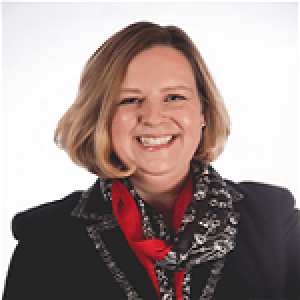


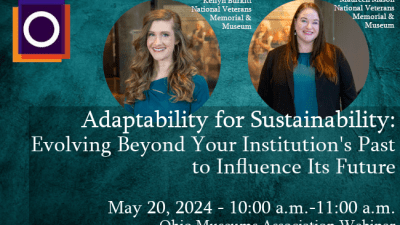
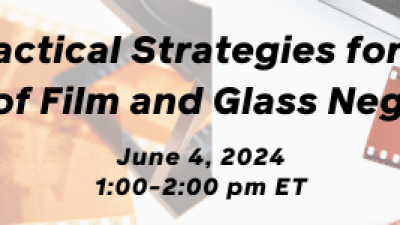
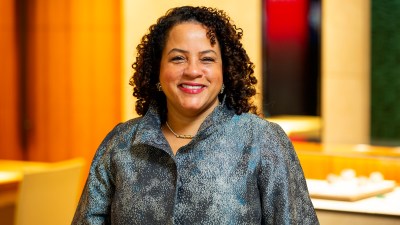
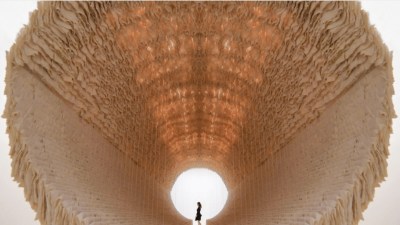
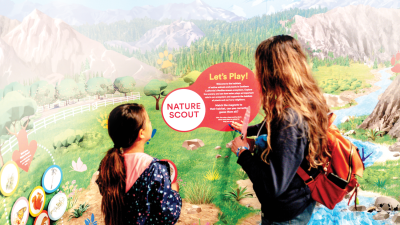
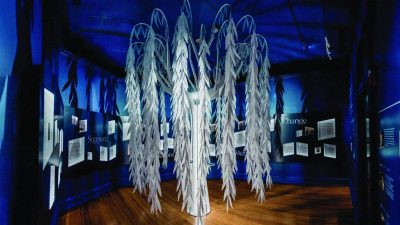
Comments